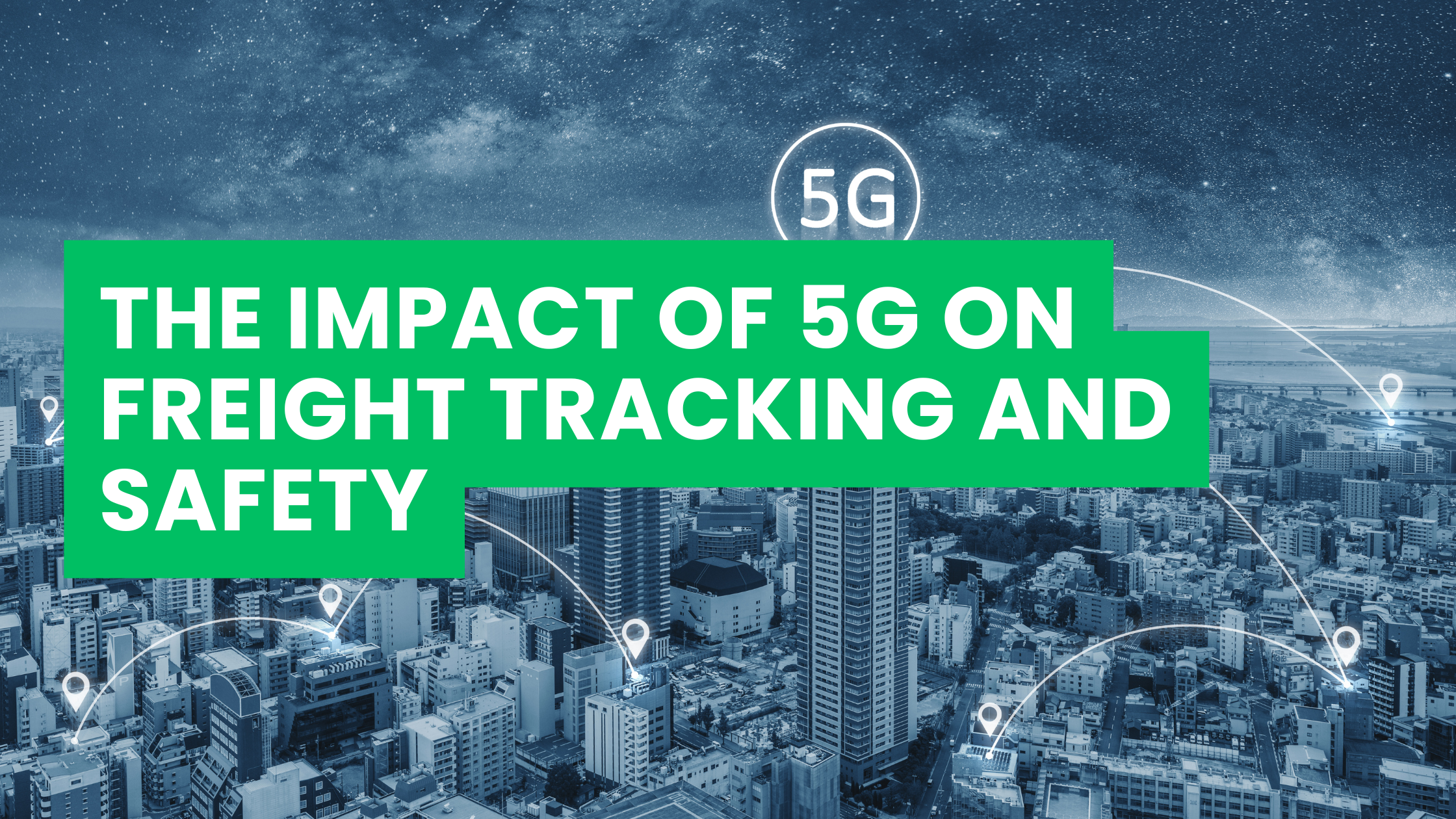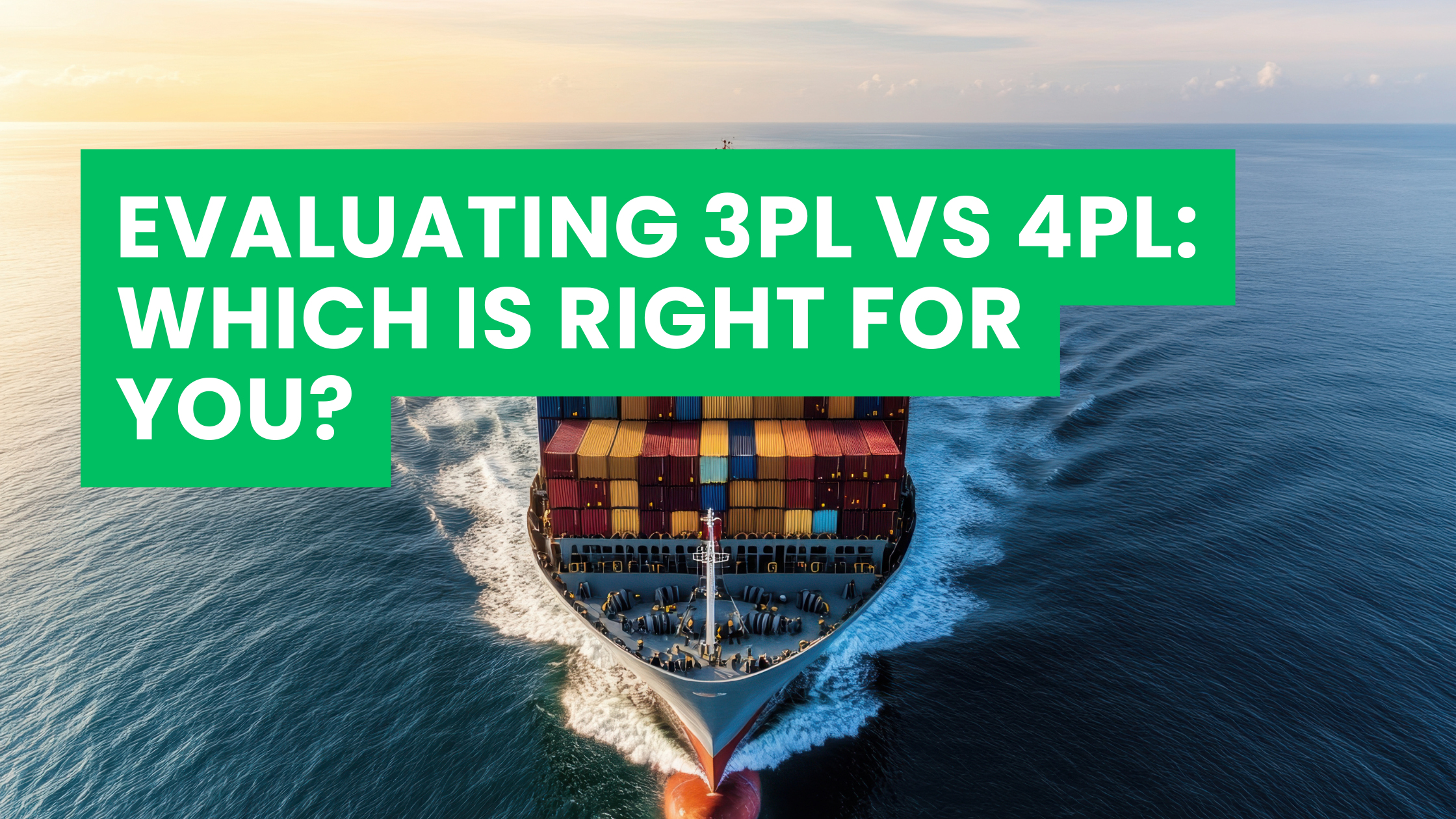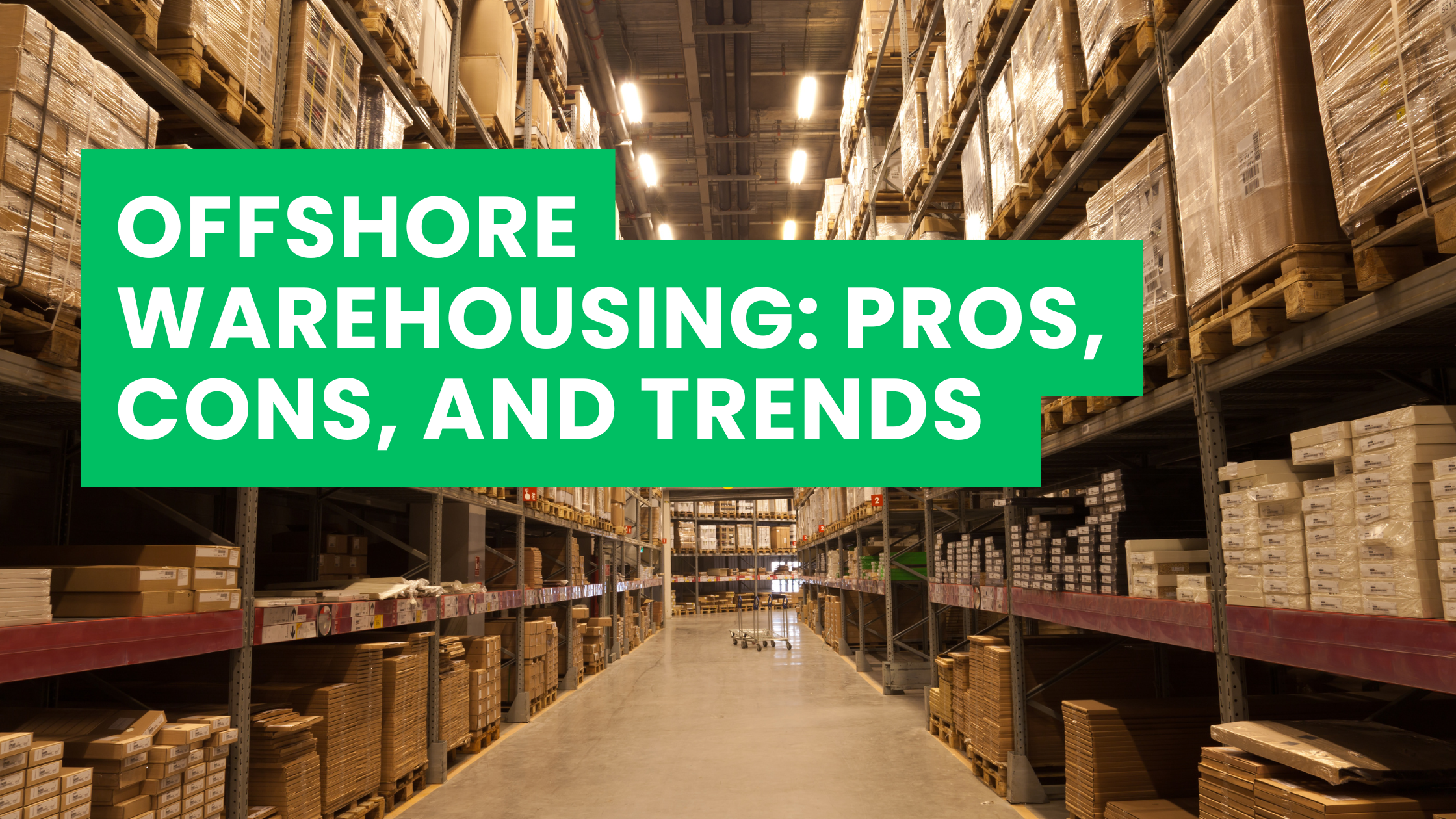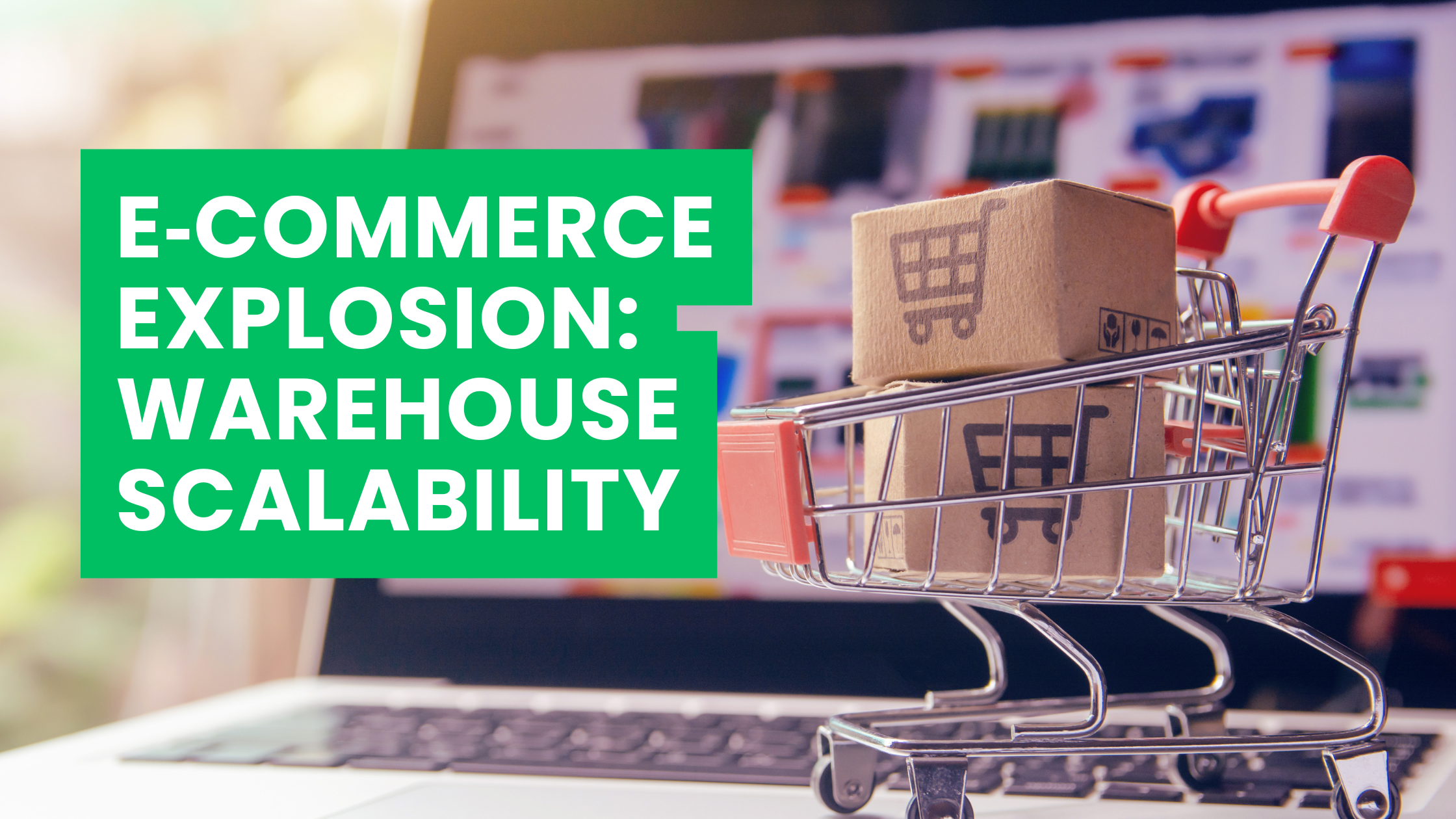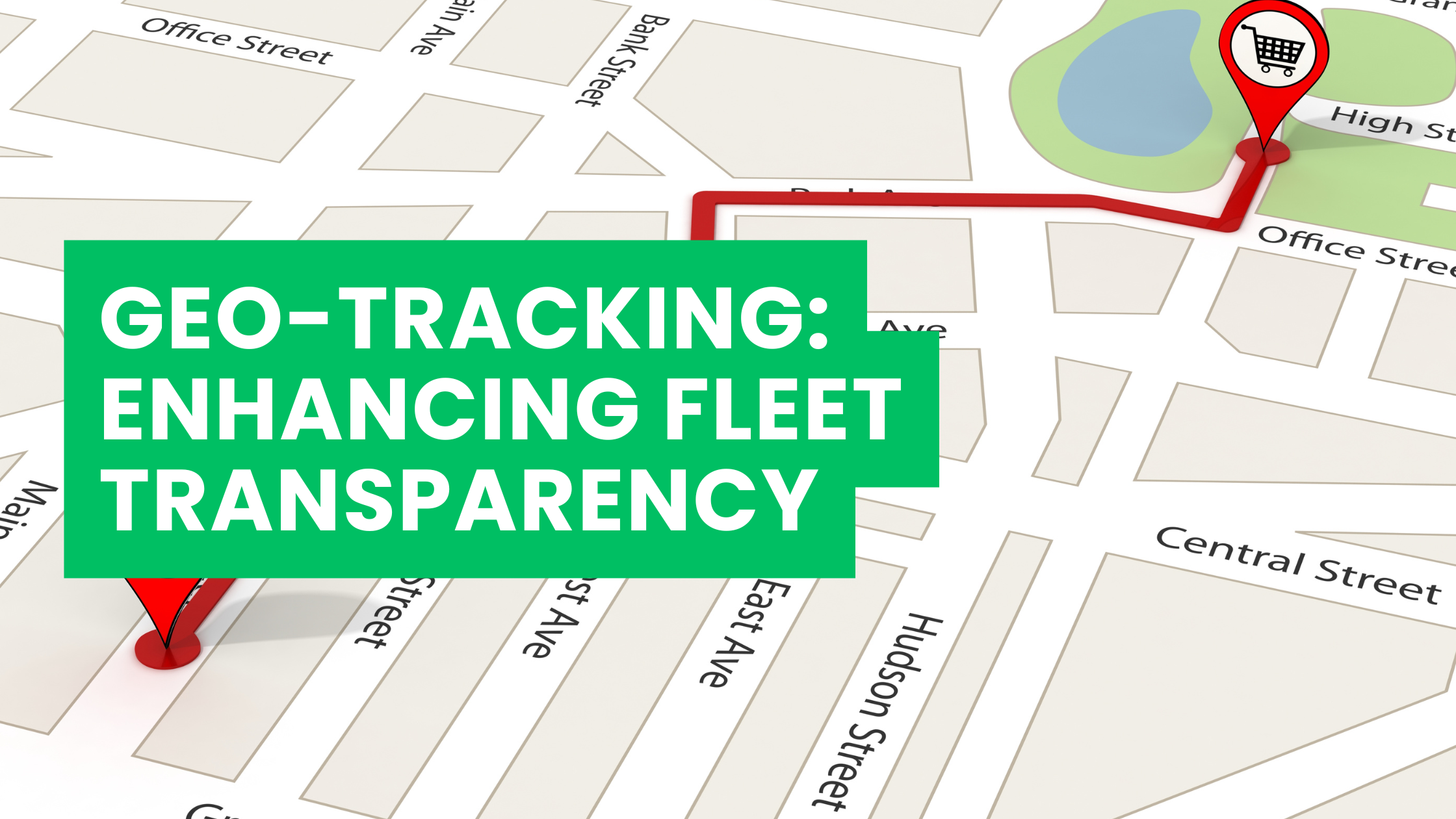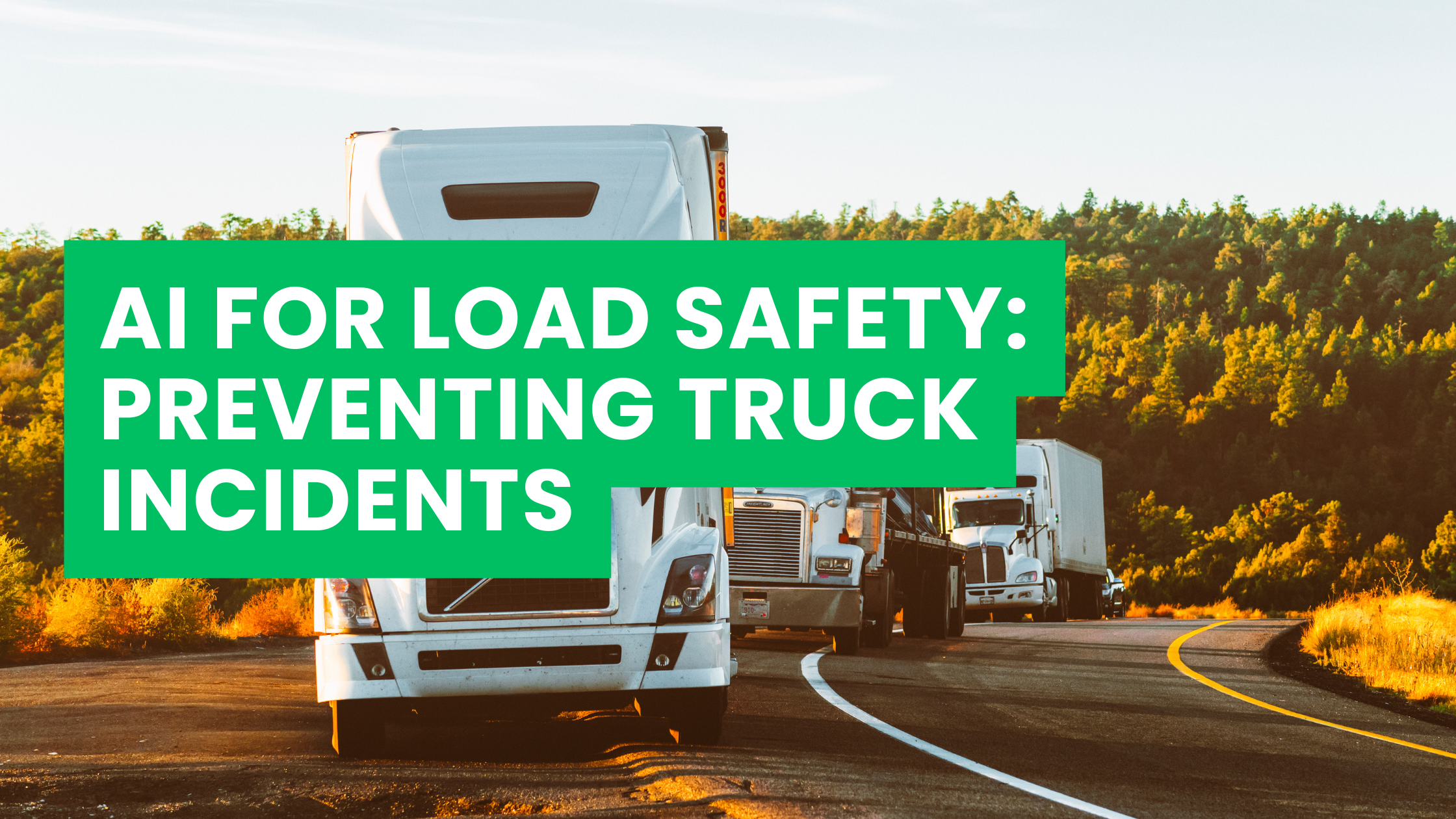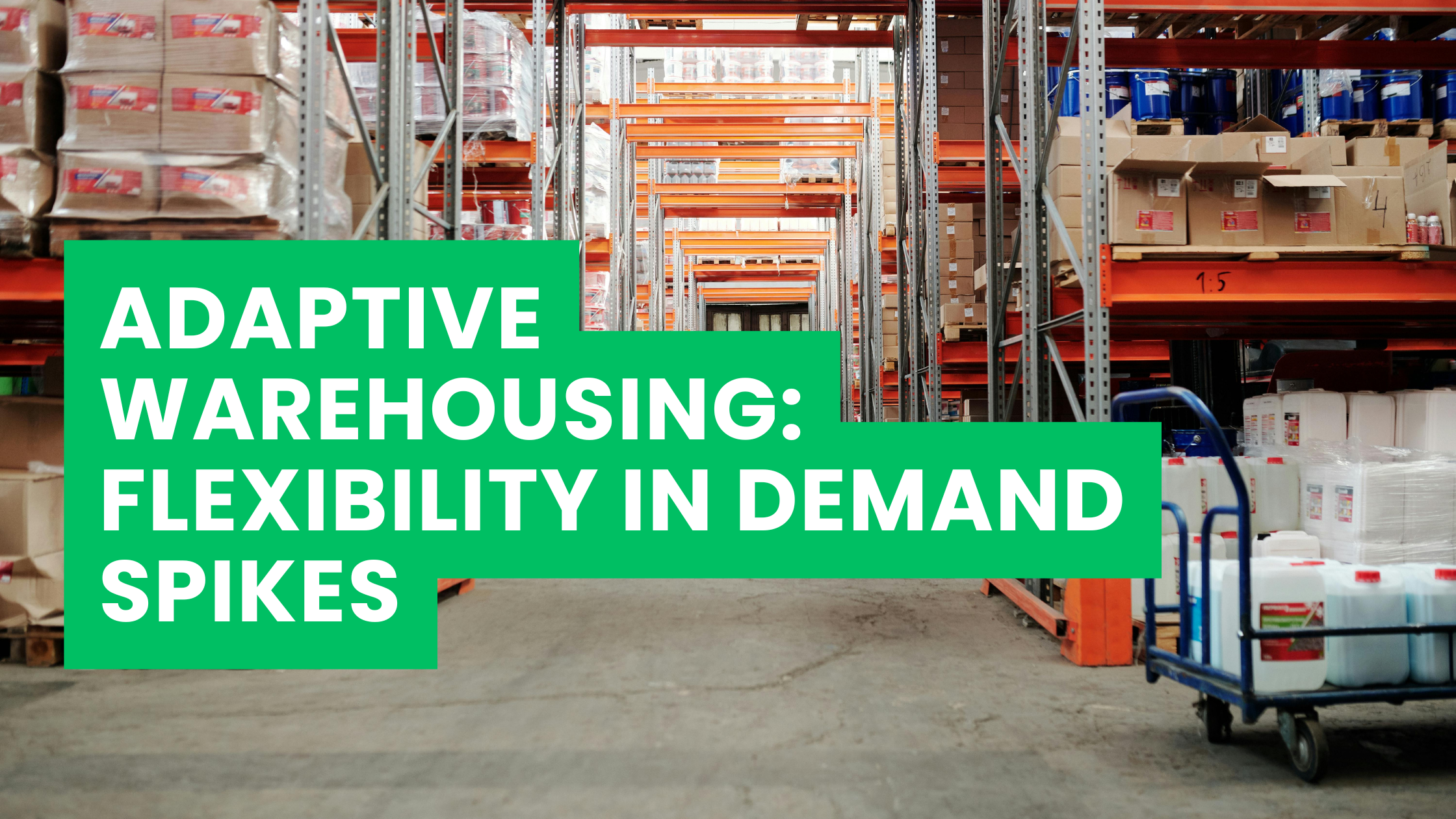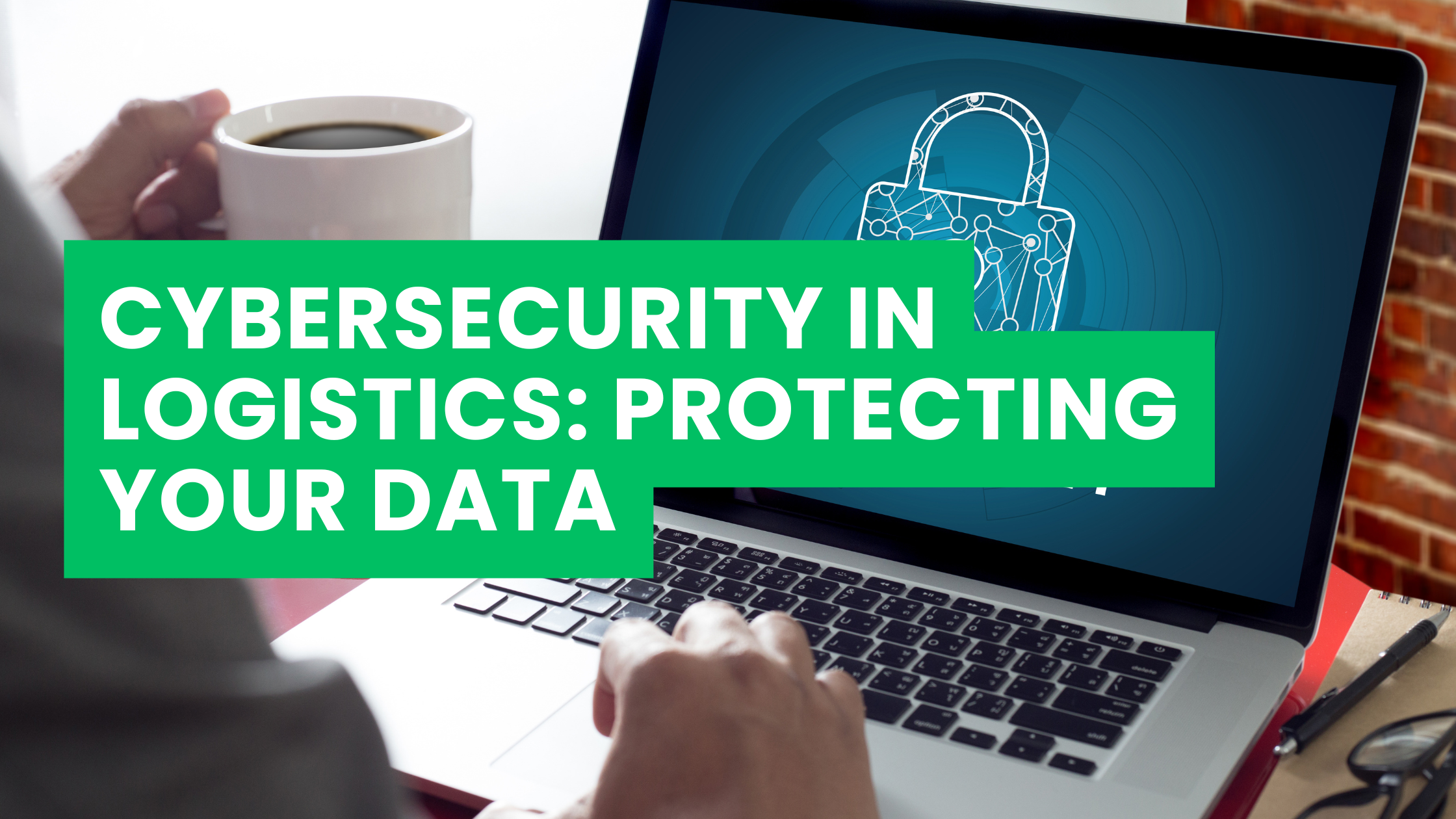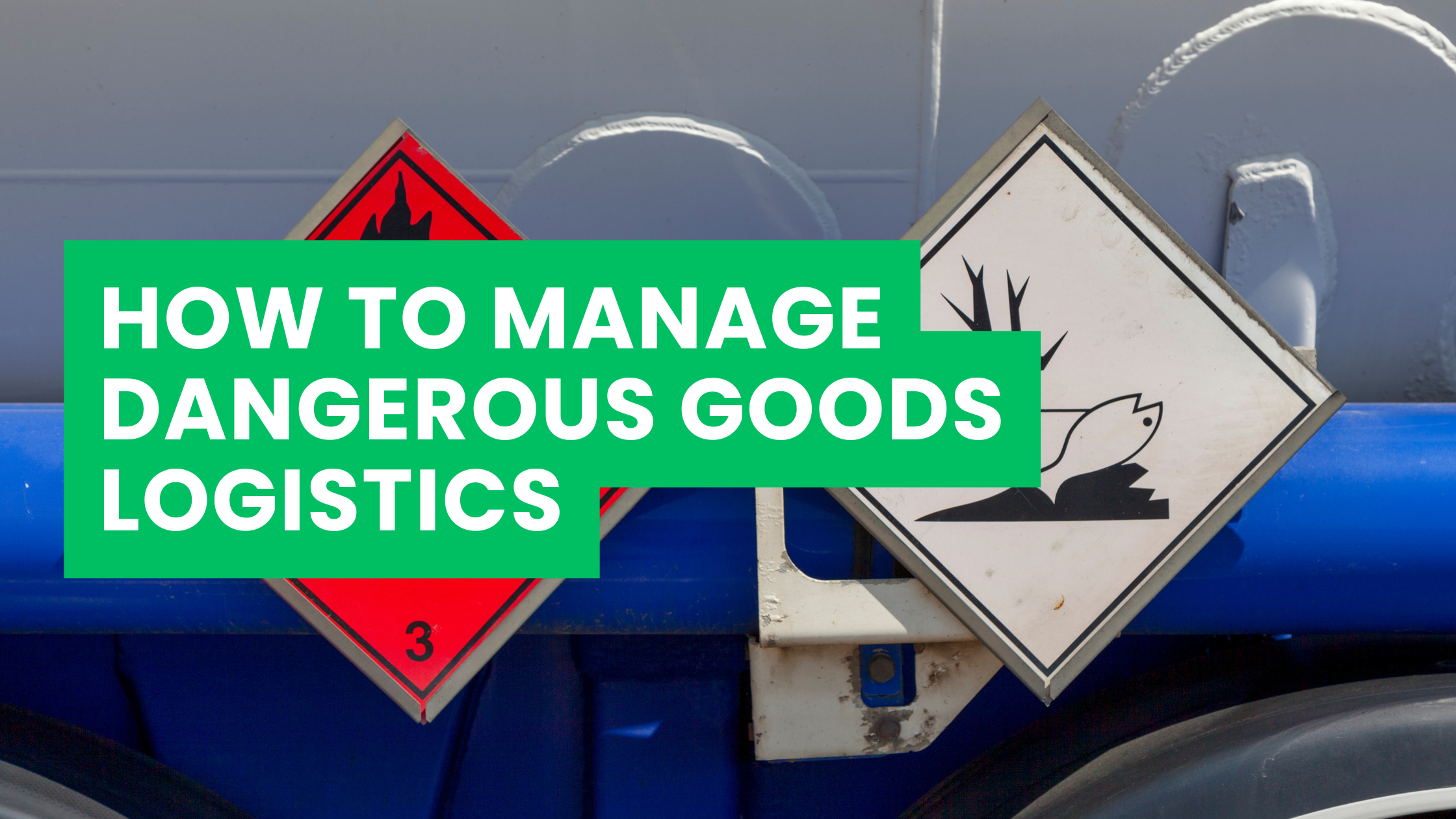5G is often described as “just faster mobile internet,” but for supply chains it’s closer to a full-stack upgrade: more bandwidth for rich data, ultra-low latency for split-second decisions, and the capacity to connect a massive number of sensors and vehicles at once. For freight operators, that means tighter control over where shipments are, what condition they’re in, and whether they’re moving safely and compliantly. This post unpacks how 5G reshapes freight tracking and safety, what to watch out for, and how ASL International helps organizations deploy it across lanes and regions.
What 5G Really Brings to Logistics (and why it’s different from 4G)
Think of 5G as three promises that matter to freight:
- Enhanced Mobile Broadband (eMBB): High throughput enables richer telemetry—continuous video from a yard camera, high-frequency sensor sampling, or over-the-air firmware updates without clogging the network.
- Ultra-Reliable Low-Latency Communications (URLLC): Millisecond-level responsiveness supports time-critical alerts (e.g., door tamper, hazardous temperature excursions, collision warnings) and faster intervention.
- Massive Machine-Type Communications (mMTC): The network can handle many devices per square kilometer—ideal for dense sensor deployments in ports, yards, and cross-dock facilities.
Two additional evolutions matter:
MEC (Multi-access Edge Computing) pushes compute closer to where data is generated—allowing video analytics or anomaly detection to run locally—and network slicing lets carriers dedicate a “lane” of guaranteed performance for critical traffic like safety signals.
Reality check: 5G coverage and features vary by country and corridor. Many logistics fleets today still use LTE-M or NB-IoT for power-sipping trackers, with 5G added where performance or scale is needed. The winning formula is often hybrid.
End-to-End Visibility: From Position Pings to Live Freight Context
Traditional tracking answers “Where is my shipment?” 5G lets you confidently answer “What’s happening to my shipment right now—and what should we do?” Key improvements:
1) Higher-fidelity tracking and positioning
- More frequent updates without saturating networks let you see true movement patterns, not just dots on a map.
- Hybrid positioning mixes GNSS (GPS/GLONASS), inertial sensors, Bluetooth beacons in facilities, and—where available—5G positioning methods for tighter accuracy than GPS alone in urban canyons or indoors.
- Video-assisted visibility (yard cameras, dock cameras, forklift cameras) can stream or upload clips on events—made practical by 5G throughput and edge analytics to avoid shipping every frame to the cloud.
2) Condition monitoring at scale
- Temperature, humidity, shock, tilt, light, door, and CO₂ sensors can continuously push data to flag excursions early—vital for pharma GDP, food safety (HACCP), and high-value electronics.
- With mMTC capacity, thousands of pallets in a warehouse can report simultaneously without collisions or long duty cycles.
3) Event-driven orchestration
- 5G’s low latency enables tight geofences that trigger workflows as trucks approach gates or as containers cross a border.
- Alerts can propagate instantly to TMS/WMS/yard systems for slotting, dock assignment, or security actions.
Safety: From Reactive Reports to Preventive Control
Safety gains appear at the vehicle, cargo, and facility levels.
Vehicle and road safety (C-V2X + telematics)
- Collision-avoidance and ADAS support: 5G enhances vehicle-to-network and vehicle-to-vehicle communications. Trucks can receive warnings about sudden braking ahead, blind-spot risks, or pedestrians in loading zones.
- Real-time driver coaching: Continuous telematics stream harsh braking, cornering, speeding, and fatigue indicators to a coaching dashboard—with just-in-time nudges that actually get used because latency is low and the feedback is immediate.
- Platooning & cooperative maneuvers (future-leaning): As standards mature, 5G sidelink can enable tighter, safer truck platooning with fuel savings and coordinated lane changes.
Cargo safety and loss prevention
- Tamper and light sensors can flag when doors open unexpectedly; vibration/tilt can indicate mishandling or rollovers.
- High-value shipments benefit from video snippets captured on tamper or route deviation events and uploaded via 5G for instant investigation.
- Geo-secured workflows: If a truck deviates from the corridor, systems can escalate, call the driver, or lock down destination acceptance until verified.
Facility and yard safety
- Smart yards with 5G-connected cameras, wearables, and forklifts can detect no-go zones violations or people-vehicle proximity risks in real time.
- Access control with live context: Door access tied to freight status, time windows, and driver identity reduces insider threats.
Compliance: Making Audits Boring (in a good way)
5G-enabled visibility strengthens compliance across regimes:
- Pharma (GDP): Continuous cold-chain telemetry, auditable alarms, corrective actions, and secure data retention.
- Food safety (HACCP/FSMA): Traceable temperature logs, chain-of-custody confirmation, and exception reports on a per-pallet basis.
- High-tech & customs: Event histories (e.g., EPCIS 2.0) help prove where and when goods moved, easing origin, warranty, and duty disputes.
- Security standards (e.g., TAPA): Better deterrence (fast tamper alarms, route adherence), faster response, and signed, immutable logs.
Architecture Blueprint: A Practical 5G Stack for Freight
- Edge-ready devices
- Dual-radio trackers (LTE-M + 5G/NR-Light) for coverage resilience.
- Sensor packs for temperature, humidity, shock, door, light; camera or dash-cam where value justifies power draw.
- eSIM/eUICC to roam across carriers without SIM swaps.
- 5G network features
- Prioritize SA (Standalone) 5G where available for full low-latency benefits; NSA (Non-Standalone) still helps with capacity.
- Network slicing for safety-critical alerts and yard operations; best-effort slice for bulk telemetry and media uploads.
- MEC nodes near major hubs for video analytics, geofence processing, and real-time rules.
- Data platform and integrations
- Event streaming and rule engine to normalize device data (GS1/EPCIS-aligned where possible).
- Connectors to TMS, WMS, YMS, security systems, and customer portals.
- Robust APIs and webhooks for customers to subscribe to milestones and exceptions.
- Security by design
- Device identity and mutual TLS, private APNs, device attestation, and signed firmware (FOTA).
- Role-based access control, audit trails, and geo-aware data policies for cross-border retention.
- Operations
- 24/7 NOC to monitor device fleets, battery health, and alert volumes.
- SOPs to investigate events within strict SLAs and avoid alert fatigue (tune thresholds, suppress duplicates, escalate intelligently).
ROI: Where the Savings and Uplift Come From
- Fewer claims & chargebacks: Earlier intervention in temperature excursions and tamper events reduces write-offs.
- Lower insurance premiums: Demonstrable risk controls and verified routes often earn better rates.
- Shrink detention & demurrage: Precise ETA/ATA data and yard throughput insights cut idle time.
- Productivity uplift: Less manual check-ins, faster gate turns, and automated compliance reporting.
- Customer stickiness: Shareable live visibility and exception handling are now differentiators customers will pay for.
Tip: Start with one high-value corridor or product line (e.g., pharma lanes, premium electronics), quantify avoided losses and time saved, then scale.
Roadmap: How to Roll Out 5G Tracking Safely and Sanely
- Lane and risk assessment
Map 5G coverage, roaming partners, and indoor dead zones across origin, hubs, and destinations. Prioritize lanes with the highest risk/cost (temperature-sensitive, theft-prone, contractual penalties). - Device and sensor selection
Choose between battery-powered trackers (long-haul containers, pallets) and vehicle-powered telematics. For cold chain, use calibrated probes; for high-value cargo, add door/light/shock. - Pilot with control groups
Run a 6–12 week pilot on a defined lane. Track KPIs: excursion response time, loss/theft rate, on-time performance, detention hours, claim values, and alert precision (signal-to-noise). - Integrate and automate
Connect to TMS/WMS/YMS; push milestones to customer portals. Automate SOPs: who gets called for which event within what timeframe. - Security and governance
Lock down device onboarding, SIM lifecycle, and firmware updates. Set retention policies that meet GDP/HACCP and privacy laws (GDPR, etc.). - Scale and optimize
Roll out to adjacent lanes, tune thresholds, introduce video on specific risks, and consider private 5G in large yards or cross-dock hubs for deterministic performance.
Challenges to Anticipate (and how to mitigate them)
- Coverage variability: Not all corridors boast dense 5G. Use dual-mode trackers with graceful fallback to LTE-M/NB-IoT and cache-then-forward behavior. Consider satellite add-ons for ocean legs or remote routes.
- Power vs. performance: High-frequency reporting and video burn battery. Use adaptive sampling based on motion, exceptions, and risk level.
- Device diversity & certification: Ensure hardware is certified for your regions (CE/FCC/PTCRB) and that radios meet local import/usage rules.
- Security exposure: Treat every device as a potential ingress point. Mandate secure boot, signed firmware, private APNs, and strict IAM.
- Interoperability drift: Normalize into a common event model (e.g., EPCIS 2.0), or you’ll drown in vendor-specific payloads.
- Regulatory constraints: Data sovereignty can require regional hosting or localization of identifiers. Build policies and data routing accordingly.
- Alert fatigue: Too many pings erode trust. Start with a minimum viable alert set, review weekly, and only escalate what changes decisions.
High-Impact Use Cases You Can Deploy Now
- GDP-grade pharma lanes: Live temperature with proactive interventions; auto-generate audit packs for release.
- Electronics & luxury goods: Tight geofences and tamper/video events reduce theft and enable rapid law-enforcement engagement.
- Perishables: Dynamic ETA + dock scheduling minimize dwell; continuous humidity/temperature prevent spoilage.
- Hazmat and dangerous goods: Incident telemetry and geofencing around exclusion zones; faster emergency response with context.
- Smart yards and cross-docks: 5G wearables and forklift telemetry reduce collisions; MEC analytics detect unsafe behaviors in real time.
What’s Next: The Near-Future of 5G Freight
- NR-Light / RedCap devices: Leaner, cheaper 5G radios purpose-built for trackers—bridging the gap between LTE-M and full 5G.
- Improved 5G positioning: Standards are progressing to deliver tighter indoor/outdoor accuracy—reducing reliance on GNSS alone.
- Sidelink for convoying: Direct vehicle-to-vehicle communications will enhance platooning and coordinated maneuvers on highways.
- 5G-satellite (NTN) convergence: Direct-to-device connectivity over oceans and deserts will shrink blind spots without external transponders.
- AI at the edge: More anomaly detection, OCR for paperwork at gates, and automated dispositioning—without sending raw video to the cloud.
How ASL International Delivers 5G-Enabled Visibility and Safety
Rolling out 5G for freight isn’t a hardware shopping trip—it’s a program. ASL International provides an end-to-end approach:
- Solution design: Corridor assessment, risk mapping, device/SIM selection (multi-IMSI/eUICC), and integration architecture.
- Rapid pilots: Kitted devices, calibrated sensors, and turnkey dashboards; we define KPIs and prove ROI in weeks.
- Global compliance & operations: We handle import approvals for devices (IOR/EOR), roaming contracts, and regulatory alignment (GDP, HACCP, data privacy).
- Managed service: 24/7 NOC monitors signals, triages events, and enforces SOPs—so your team isn’t buried in alerts.
- Customer experience: Shareable live views, SLA-backed exceptions, and audit-ready reports that make compliance painless.
Bottom line: 5G transforms freight tracking from occasional visibility to continuous control—and upgrades safety from reactive reporting to proactive prevention. With the right architecture and partners, you’ll see fewer losses, fewer accidents, faster turns, and happier auditors.
Quick Start Checklist
- Identify two lanes or product families with the most risk or cost.
- Choose dual-mode trackers with the right sensors; plan for eSIM.
- Validate 5G coverage and roaming; define fallback rules.
- Integrate alerts into your TMS/WMS; set crisp SOPs by event type.
- Pilot for 8–12 weeks; track claims, dwell, ETA accuracy, alert SNR.
- Scale with tuned thresholds, private 5G in big yards, and video only where it pays.
Want to turn visibility into real operational control? ASL International designs and runs 5G-enabled tracking and safety programs across complex, multi-country supply chains. We’ll help you select the right hardware, stitch the data into your systems, and manage the program day-to-day—so you see ROI fast without drowning in complexity.
Let’s scope your pilot. Share your lanes and cargo profiles, and we’ll propose a phased rollout with clear KPIs and costs.
